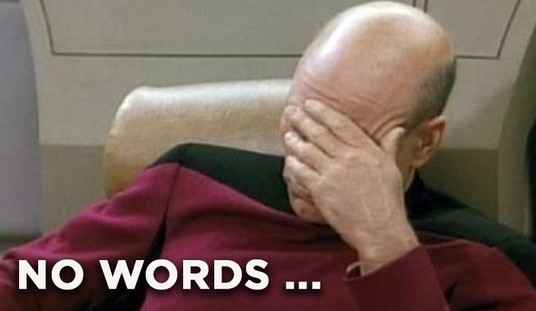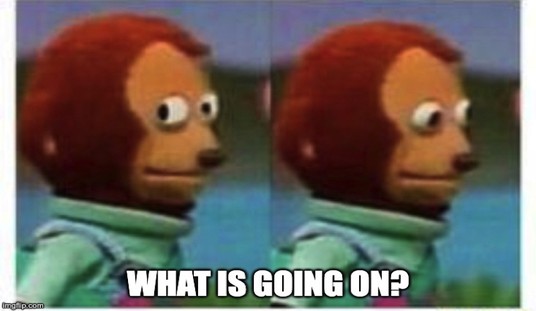The national spotlight shined brightly Monday on Kehinde Wiley as the artist who painted Barack Obama’s portrait for the National Portrait Gallery unveiled his work (to a mixed reception, to say the least).
Still, a lot of people are asking questions about earlier works by Wiley — in particular, a pair of paintings showing black women holding swords in one hand and the decapitated heads of white women in the other.
If you google the artist, Kehinde Wiley, and click on images, you'll find a couple of paintings of black women holding the heads of decapitated white women. I don't want to say it's to promote violence against white women. But it seems a bit odd to me.
— Chris Lair (@cwlair) February 12, 2018
Kehinde Wiley, also, likes to paint African-American women holding heads of decapitated white women. pic.twitter.com/Zz8d4i8Jyn
— Hawkeye Jason (@jasonkemp) February 12, 2018
https://twitter.com/Ruptured_Lungs/status/963113754887106560
A large part of Wiley’s style is to paint contemporary black figures into historical portraits; take, for example, his portrait that swaps out Peter Paul Rubens’ rendition of King Philip II on horseback for Michael Jackson.
https://twitter.com/No1MarmadukeFan/status/963164069313302528
What a lot of people are trying to figure out Monday is why Wiley’s paintings of Judith beheading Assyrian general Holofernes swap in women’s heads for Holofernes’s head — not the most sensitive subject matter in this #MeToo era.
It was fun dragging Obama for his bizarre presidential portrait, but I didn’t have a problem w/ it. After looking at other paintings by the artist, Kehinde Wiley, a theme emerges tho: (1) lots of flowery backdrops (2) surprising amount of Black Panthers & decapitated white women. pic.twitter.com/M75x21xQF8
— JERRY DUNLEAVY (@JerryDunleavy) February 12, 2018
The Daily Caller’s Amber Randall looked into it, and found an explanation in a profile Wiley had done with New York magazine, where he explained, “It’s sort of a play on the ‘kill whitey’ thing.”
OK.
But someone does have a question for The New York Times’ arts editor.
I have no problem with the portraits, but how do you square Holland Cotter's comment that Kehinde Wiley (has) addressed the politics of race consistently in past work, when that past work included beheaded white people? Or, you really don't care?
— doofus walstib (@doofuswalstib) February 13, 2018
Here’s a hot take for Triggered White Twitter, if that describes you.
This is interesting. Triggered White Twitter™ is upset about Kehinde Wiley’s interpretation of Judith/Holfernes, whining blacks would be upset if a white woman beheaded a black woman. What if someone reinterpreted this photo, with a pack of black women screaming at a white girl? pic.twitter.com/nHwES1Jqwy
— Veronica McDonald? (@Purify_toast17) February 13, 2018
That’s a pretty hot take … we’re gonna let it cool awhile while you tackle it in the comments. But back to that New York profile:
Which brings us back to the lady with the severed head. Like most Wiley paintings, this one has a backstory: Her name is Triesha Lowe, Wiley explains. She’s a stay-at-home mom whom Wiley found at the Fulton Mall. Her pose is a riff on classical depictions by Caravaggio and Gentileschi, of the biblical story of Judith beheading Holofernes. And the severed head? “She’s one of my assistants.”
OK, that sort of makes sense … but why women both times? Blame the patriarchy?
Related:
D’OH! Science writer paints Obama portrait critics as racist — and busts HERSELF for racism
























Join the conversation as a VIP Member